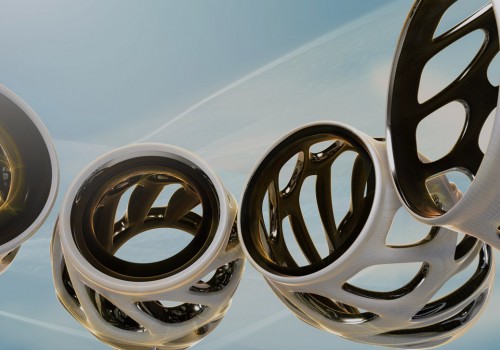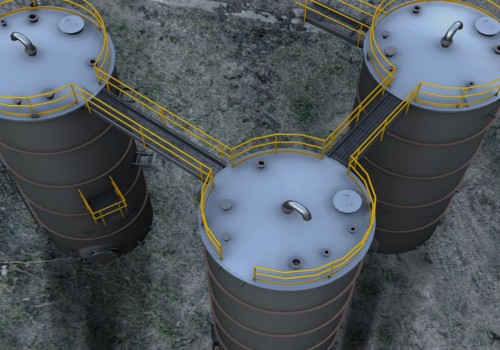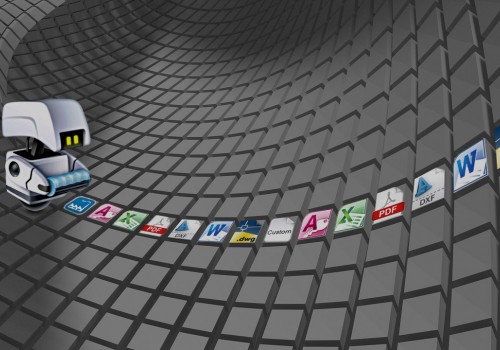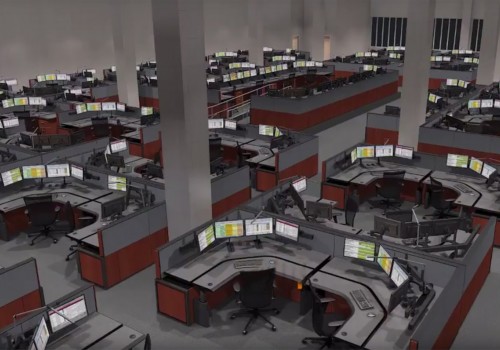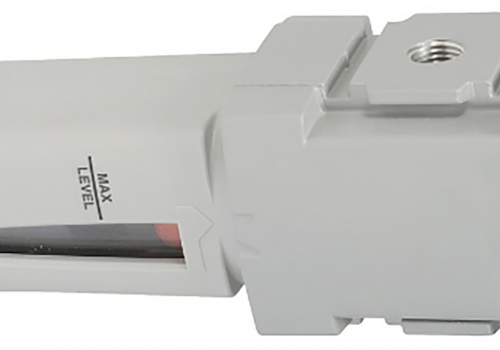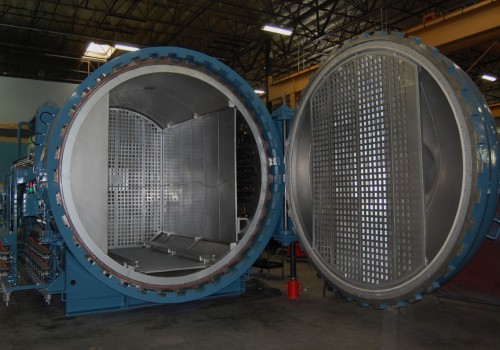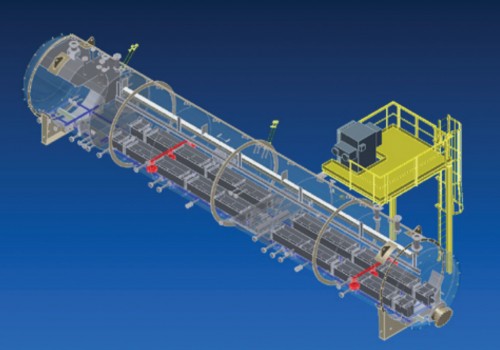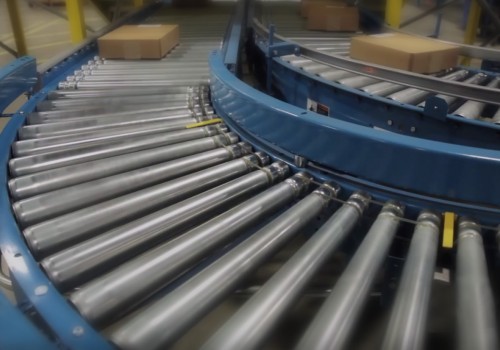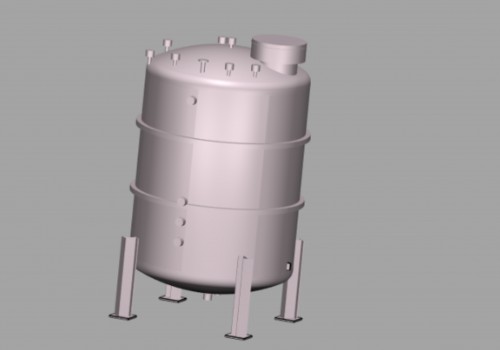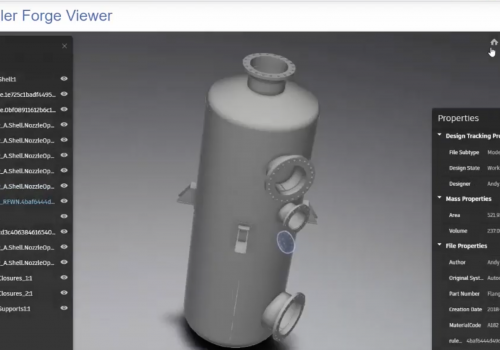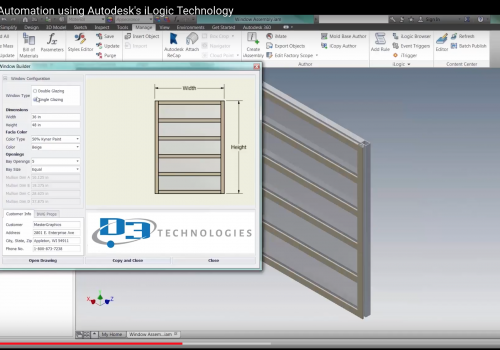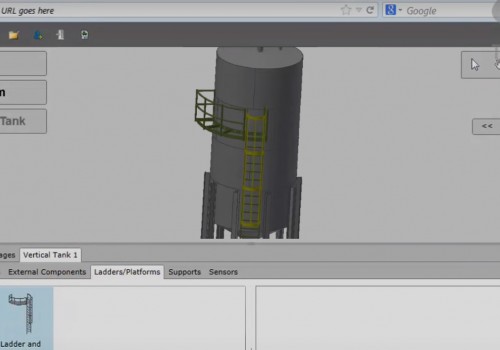All too often we are seeing a growing number of clients looking for ways to streamline the sales or design of their products. There are also many challenges to determining the proper approach and best tools to attack the problem. Adding to the complication are the overlapping definitions of words used by solution providers that have major differences in attributed abilities to deliver potential results. Basically, too many solutions over promise and under deliver.
Here are a few things we see happening that are driving the need to find a solution:
-
Companies need to reduce the time to quote both to lower their sunk cost of time and to provide better response
-
Their sales process involves a lot of presales work be able to quote with confidence
-
Engineering is often the bottleneck to speed and is unable to keep up
-
Complexities in the product's design present a technical challenge for most providers to deliver solutions that people can and will use
The result is that a path of least resistance is often the chosen first path that can end up killing any chance at a real solution due to early failures
To address the multiple challenges that exist in workflows, D3's Enterprise Platform becomes a solution strategy to fill the void. Shown below are the major workflow domains with our focus in this article being on Configured-to-Order (CTO) and Engineered-to-Order (ETO) needs, which are very niche' workflows. Even so, they are important none the less and often can provide very large returns on investment when the challenge is solved
- Formalized Workflows - often these are seen within Engineering in the form of PDM (product data management) needs or more to the core of the organization in the form of ERP (enterprise resource planning) needs
- Niche' Workflows - these tend to either be very focused custom solutions, tailored to specific needs like for Sales Estimation or Design Automation or they are branded products built to address a specific industry need
- Catch-all Workflows - these are the supporting workflows that companies use every day to solve all of the other tasks that are not covered by the formalized tools and not large enough to justify a large custom solution, also known as PLM solutions
As D3 sees it, there is a very distinct technical divide between the requirements of a CTO product and ETO product and thus the solutions needed to handle them. However, the marketing by the vast majority of solution providers would have you believe these are either all the same or that they are capable of delivering both. Of the tools marketed, again the vast majority are only capable of CTO types of workflows, which leads to great frustration or complete failure when the requirement is indeed for ETO.
Another rather large number of companies, both large and small, try to develop in-house solutions or they outsource to a local programmer. While programming is programming, a lack of focused and honed expertise causes these brave seekers to end up settling for less or often failing as well.
What are the questions one should ask in order to get a good match between their needs and the tools capable of meeting them?
Let's start with understanding your product. Too often the knee jerk comment when discussing their product's complexities, clients will jump to their product being much more complex than other types of products. Its potential configuration outcomes are endless and never the same. It sounds complex and yet they are able to successfully build these units with repeatable quality and projected outcomes. This means there are rules to the design and those rules can be replicated programmatically with a much higher degree of accuracy. Still unable to know for sure if and which is a fit, so let's consider a few specific questions:
- Is your product cataloged or do you have defined model options?
- Would you consider it to be snap together for the various configurations? (A yes for these two would lean towards CTO)
- Is engineering heavily involved in the presales stage?
- Do you need to create new BOM line items with each sale?
- Do you need custom drawings created for each sale? (A yes for these would lean towards ETO)
Things to consider and expect from a good CTO tool:
- You will need to create and maintain all model data and approved drawings in a library of sort
- Is often marketed that you can use regular design team to maintain, instead expect to have a focused designer with programming expertise
- Typically has an out of the box approach, so less flexibility in workflow that may cause you to have to adapt to their way
- Total solution cost are much less than with ETO but can still be somewhat large
- Configuration for use can be stood up in less time, not counting integration needs or customizations
Things to consider and expect from a good ETO tool:
- Much less focus is on existing model data and more on the rules of design, skips the need to build a library
- Expect to have a focused designer with programming expertise
- Requires heavy extraction of user expectations and defined test cases but also completely customizable to your needs and workflows
- Should be delivered in an agile approach so that you get to use sooner (45-60days per sprint)
- ROI is typically much faster due to size of problem and should be within 6-12 months or the problem is not big enough
Examples:- One week of design down to 30 minutes - HVAC
- 295 hours of design and drawing outputs down to 10 minutes - Telescopic Seating
Things to expect in general:
- Solution should be browser based hosted on a server for easiest access and maintenance for updates
- You should avoid proprietary language based solutions
- Solution provider should have a defined programming strategy for sales/design automation already, not just programming in general
- Solution provider should be transparent on complexity and pricing strategy
- You should be able to take over the project internally at some point to avoid a hostage experience
Now that you have a sense of the differences that distinguish what solutions are a better fit, make sure to qualify the marketing message thoroughly before signing up. The right fit will be a partner that you trust to deliver and that won't involve slick demo's. Prepare to get your hands dirty and dig in to understand where the risks lie and what limits may stand in your way.
For D3, recognizing that our clients are facing evolving challenges is just the first step in being a good partner. Bringing in the talent and investing in the resources to help your clients solve those challenges is what sets us apart in the world of consulting and being a true solution provider partner to manufacturers.
More on D3 Technologies - In addition to having the top development team for Sales/Design Automation, with focus on Engineered-to-Order and Configure-to-Order type products, we also have the leading solution team for Autodesk's Fusion Lifecycle. D3 Technologies has built a strong name for their Product Data Management team as well.
Learn more about D3 Automation
Additional Resources
Featured Products
Featured Products
Autodesk Configurator 360: Quote & Design Automation for Simple Products
Article
Success Stories
Article
Article
Success Stories
Success Stories
Success Stories
Success Stories
Featured Products

